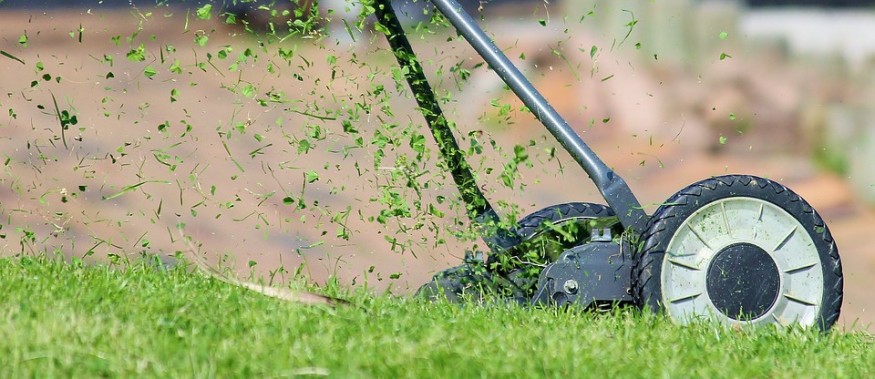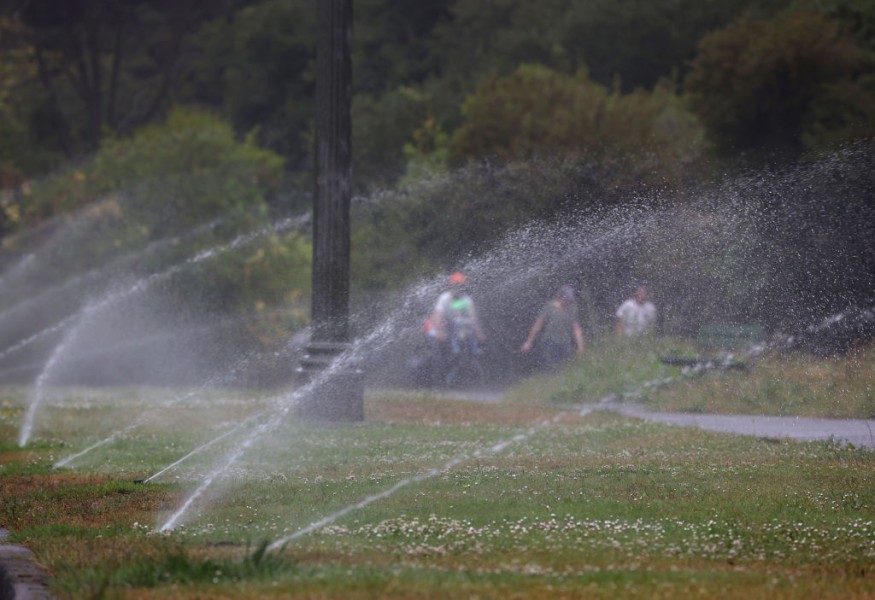According to a renowned nature organization, the number of individuals who do not mow their lawns is growing due to a successful campaign to preserve gardens naturally.
No Mow May

Plantlife is urging gardeners to keep their lawnmowers in the shed during No Mow May this year to allow wild plants to grow and produce nectar for insects.
Plantlife's annual Every Flower Counts citizen science survey, the largest ever study of garden lawns in the UK, attracts thousands of participants. According to the organization, the findings reveal a "dramatic shift in views regarding lawn maintenance is underway," according to the organization. According to the report, 78.8% of the 2,157 EFC participants did not mow for a month before taking part in the poll last year, up from 33.6 percent in 2019.
Incentives

Rare plants were given to those who refused to mow. Last year, gardeners documented more than 250 wild plant species, including wild strawberry, wild garlic, and highly uncommon plants like adder's-tongue fern, meadow saxifrage, snakeshead fritillary, and eyebright. The fading man orchid, green-winged orchid, southern and northern marsh orchid, and bee orchid were among the orchids observed.
"These statistics suggest that our appeal for No Mow May has taken root and grown deep roots," Plantlife's Ian Dunn remarked. The findings show that allowing a bit more wildness in our gardens may benefit plants, butterflies, and bees. We're looking forward to the arrival of a new British lawn."
Welcoming Local Plants and Weeds

Plants considered weeds in the spring and summer should be welcomed in lawns, especially dandelions, which supply crucial nectar for pollinators. Despite being outnumbered 85 to 1 on a typical 2021 lawn, daisies contributed 9% of pollen and 37% of nectar sugar. According to Plantlife, an adult bumblebee's baseline energy demands may be met by just eight dandelion blooms.
Local plants can provide essential ecological services such as soil protection and restoration. Furthermore, certain weeds offer a home for beneficial creatures, contributing significantly to natural and biological insect pest management. Some weeds can also be used as food or fodder."
According to their plant research, one hundred square meters of unmowed grass would yield enough pollen to store six mining bee brood cells and enough nectar sugar to feed six bumblebees for a day.
Keeping the Garden Intact
People with gardens and lawns are encouraged to mow less throughout the summer and keep at least part of their garden intact after May.
"May is a key month for blooming plants that need a solid foundation," said Oli Wilson, a National Plant Monitoring Scheme modeler. "However, we are not advising mowing after May." Plantlife offers a tiered approach to the garden trimmed throughout the year, with shorter grass balanced by longer grass. This two-tone strategy increases floral variety and nectar and pollen output throughout the year.
For similar news, don't forget to follow Nature World News!
© 2025 NatureWorldNews.com All rights reserved. Do not reproduce without permission.





